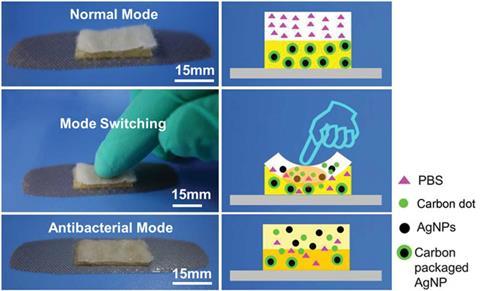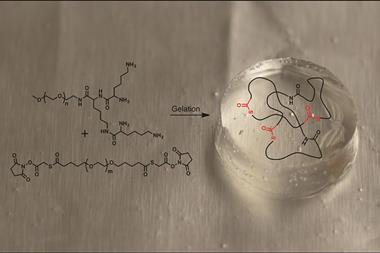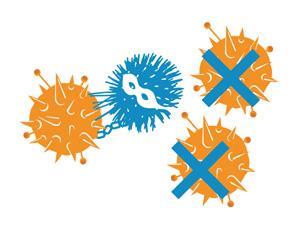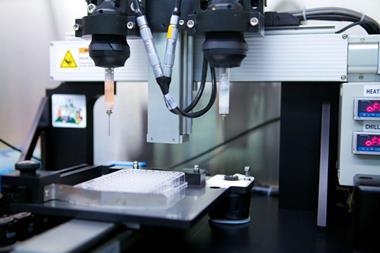Only releasing antibacterials when needed leave bacteria with no time to adapt
Researchers in China have developed capsules for use in bandages that can store antibacterials and control their activity, aiding in the fight against antimicrobial resistance.

Bacterial strains resilient towards multiple drugs are an increasingly common and dangerous part of the 21st century. With repercussions global in scale, innovative devices are needed that deliver antibacterial agents precisely and instantly so bacteria cannot adapt.
Xiaolei Wang, and colleagues at NanChang University, have developed antibacterial materials based on silver nanoparticles enclosed in carbon membranes that act as switchable capsules. The supramolecular capsules regulate the activity of the antibacterial silver so that it possesses three distinct and switchable modes – packaged, on and off – with the added bonus that the materials can be 3D printed into a variety of shapes, such as smart caps for culture bottles.
Wang says the discovery was an unexpected phenomenon they observed from transmission electron microscopy images, where the capsules ‘seemed like the daily fresh keeping film for packaged fruits’.
To demonstrate the capsules’ features, Wang’s team incorporated them into plasters. The resulting intelligent bandages have two pieces, a top layer containing sterilised phosphate buffered saline and a bottom layer containing the antibacterial capsules. A simple press of the bandage causes the layers to interact, releasing the active silver particles and changing the colour from white to orange, showing the bandage is on. The particles’ antibacterial action switches off if they aggregate together.
David Mills, an expert in bioactive therapeutics at Louisiana Tech University, US, is impressed, calling the switchable antibacterial devices elegant examples that blend nanotechnology, chemistry and materials science whilst also showcasing the impact of 3D printing on real-world biomedicine. ‘Wang’s team is helping to realise a future where medical treatment has become on-demand, highly personalised, with treatment modalities that are patient specific, not “one size fits all”.’
References
M Liu et al, J. Mater. Chem. B, 2016, DOI: 10.1039/c6tb00576d












No comments yet